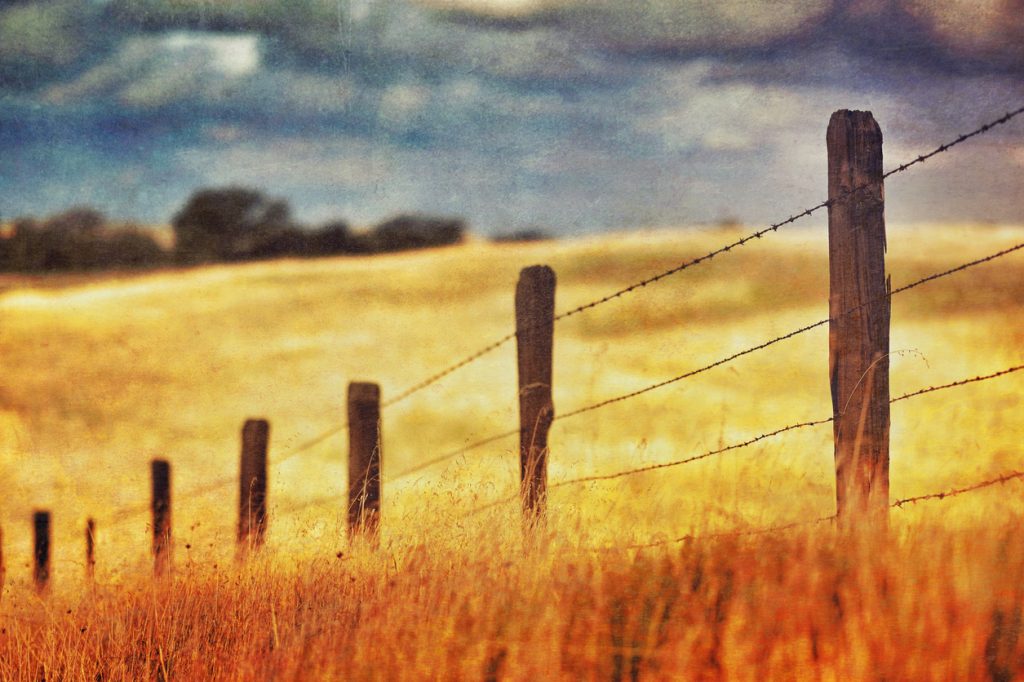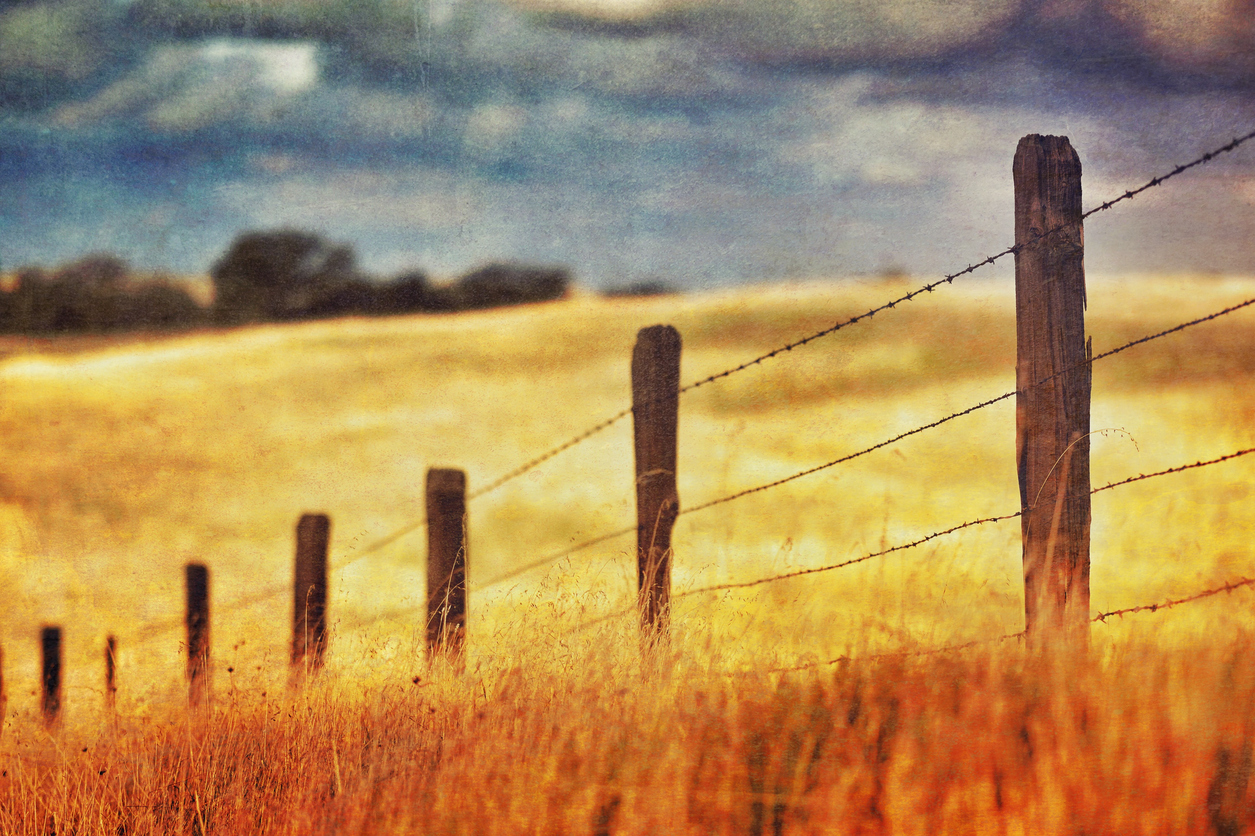A road to nowhere? Easements and access to real property

By Guest Contributor Kent Holsinger, Esq.
Legal access is indispensable to marketable title to real estate. With all due respect to David Byrne, property owners and potential property owners would do well to ask, “Well, how did I get here?” Does the road to my property (or potential property) cross other owners’ before it gets to me? What about that two-track that crosses my property? Are others using it to access their property? What if my access road crosses federal or state land?
A little due diligence is in order. First, identify the property of interest and the nearest public road—often a county road or a state highway. Use a good map that clearly depicts private, state and federal lands. If applicable, secure the national forest map for your particular area (today these are more easily purchased electronically than in paper form). U.S. Geological Society quadrangle maps can be very helpful too—but pay attention to the date. Some maps may not have been updated for decades and may not accurately show roads, improvements or even tree lines. Check websites for realtors’ listings and supporting information. Google Earth can also be a helpful resource for obtaining more recent satellite imagery of the property and surrounding areas.
Next, try to ascertain if the access road in question crosses other properties. The exceptions to your title commitment may indicate such access issues. Remember, the dreaded exception: “[L]ack of access to a public road or highway” need not be an insurmountable obstacle. In some cases, a survey may be necessary to determine property boundaries. If so, plan for a wait of several weeks and some significant expense. Winter weather may preclude the ability to survey in some cases.
Nonetheless, as neighbors and times change, disputes over access have become more common. Seek to negotiate a solution—perhaps offer to pay market value for the acreage in the easement. To calculate this, multiply the length of the access road by its width (always secure an easement that is wider than the road for maintenance equipment, snowplowing, etc.). For example, an access road of one mile (5280 feet) times 30 feet wide divided by 43,560 square feet per acre equals approximately 3.64 acres. If market value is $3,000 per acre, consider offering $10,000 for the easement. Keep in mind the easement may be worth much more to your property.
If negotiations fail, legal action may be required. In Colorado and much of the West, many access issues can be resolved by: (1) private condemnation, (2) implied easements or (3) prescriptive easements.
Landowners, whether landlocked or otherwise, must first consider whether there is another reasonable way to access the property and any present, legally enforceable rights to do so. If not, they must then make reasonable, good-faith efforts to purchase an easement. Should these efforts fail, they can petition the court to condemn access through a private way of necessity. While eminent domain is not taken lightly, the “necessity” for access need only be “reasonably necessary.” If condemnation is authorized, the value to be paid for the easement will be determined by a jury of landowners or panel of commissioners.
While difficult to obtain, implied easements may exist when a property was once part of a larger landholding. Where a landowner subdivides, they may have implicitly reserved an easement for a landlocked parcel over one that is not landlocked.
Historic access roads may qualify as a prescriptive easement where evidenced by open, notorious, adverse and continuous use of a road for more than 18 years. The use of a prescriptive right is generally limited to its initial purpose. But additional uses can be found (i.e., agricultural to residential) provided they are balanced against the increased burden to the other property owner. Dramatic changes are not likely to be allowed.
If the access road in question crosses state land, reach out to the applicable state land board or state land agency. They may provide for access by easement or, more likely, by permit. Permits, which may require renewal at five-, ten- or twenty-year intervals, often come with terms and conditions such as limits on the type of use and the number of dwellings served. They can also be revocable.
Permits or easements across Bureau of Land Management or U.S. Forest Service land can also be obtained, but the increased analysis and red tape will likely complicate and slow the process. Environmental and archaeological surveys may be required along with consultation with the U.S. Fish and Wildlife Service. While it could take years and significant resources, consider whether a land exchange with the federal agency might resolve the issue. Other legal avenues may be available depending on the circumstances.
In any event, when securing access, consider the following: the uses to be permitted; any restrictions, seasonal or otherwise; the nature and width of the road; and whether to prepare a road maintenance agreement. In any event, a survey of the road will likely be required. The easement agreement, survey and road maintenance agreement should then be recorded in the county’s real property records both to protect your interests and to ensure future owners have notice.
Resolving access issues will enhance the rights to use, enjoy and convey property and may improve the value of your property.
*This article is not meant to be legal advice or to create an attorney-client relationship. Please seek legal advice if you encounter access issues.*
Kent Holsinger is the founder of Holsinger Law, LLC in Denver, Colorado. The firm represents a variety of clients on lands, wildlife and water law and has been recognized in the Wall Street Journal, Washington Times, Denver Post, CNN.com, NPR and many other outlets. Kent can be reached at (720) 330-8243. For more information, please visit the firm’s website at www.holsingerlaw.com.
*The views and opinions expressed in this article are those of the author(s). Publishing this content does not constitute an endorsement by the Western Landowners Alliance or any employee thereof either of the specific content itself or of other opinions or affiliations that the author(s) may have.*
Join WLA to stay up to date on the most important news and policy for land stewards.
Become a member for free today and we will send you the news and policy developments critical to the economic and ecological health of working lands.
WLA works on behalf of landowners and practitioners throughout the West. We will never share your contact information with anyone.
